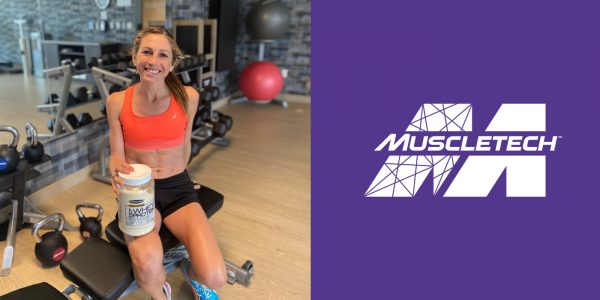Partials, Isometrics and High Reps for One of the Most Blistering Chest Pumps You’ll Ever Create!
If you’re like me, you want to finish every body part workout with a monster pump, and chest day is no exception. But rather than looking for a magical exercise, let’s instead focus on the magic you create on a basic single-joint chest exercise, the Pec Deck fly.
Nothing special about the exercise really, but today you’re going to arrange each of four sets with a slightly different focus to create one of the most hellacious pumps you’ve ever experienced!
A Little Background First
The Pec Deck fly is a single-joint movement, so it leaves the triceps out of the movement, which allows you to really focus on isolating the pecs. As a machine exercise, it also locks your arms in a slightly bent position, which too many trainers fumble on its free-weight and cable cousins by bending and extending at the elbows.
Hint: Set the seat height so your shoulders, elbows and hands are in the same horizontal plane, and keep your elbows up during the entire motion so all three remain in correct biomechanical position.
With your hands out wide, the Pec Deck blasts the outer pectoral region. When you draw your hands together, the inner pecs are more thoroughly worked. The inner portion is where we’ll focus on this four-set finishing move done at the end of your chest routine.
Getting Started
Each set is constructed differently from the others, which allows you to blast the inner pec fibers in slightly different ways. Each set will also make use of a partial-rep technique that increases the pain threshold – and the pump.
Picking the right load is essential. Choose one in which you can just reach 12 reps, sometimes called your 12RM. You shouldn’t be able to do one more rep with good form.
SET 1
Do a normal, full-range set to 12, which should be to failure. This also allows you to test whether you’re using the right load. Use a smooth, controlled motion. Adjust the weight on your next set if it was too light or too heavy. Don’t forget your hands should nearly touch in the peak contracted position.
SET 2
Sticking with the same weight, this time you’ll hold the peak contracted position for a full second. (Not a half second – a full one!) Being able to stop and hold the peak contraction for a count requires using a controlled but strong motion. Work through a full range of motion again, doing as many reps as you can, which will be about 10. If you can’t do 10, reduce the load by 1 to 2 pins.
Form Pointer: Keep a big chest throughout with your shoulders back. Allow your pecs to swell on the negative rep as your shoulder blades pinch together. And remember not to drop your elbows!
SET 3
Now we’ll start alternating full-range reps with partials. For every full-range rep you do, do another that’s about a quarter. Instead of allowing the weight to pull your hands all the way back, go to a point where they’re just 18 inches apart – no wider! Doing a full and partial rep equals one rep. Do as many as you can, shooting for at least 10. (That equates to 10 full and 10 quarter reps.) If you can’t make it to 10, reduce the weight by 1 to 2 pins.
SET 4
Your last set starts like the first one: 10 regular, full-range reps. But that’s where the fun begins! After reaching 10, do as many quarter reps as possible . . . 10, 15, 20, 25, I’ve even reached 30! Take your inner pecs to total failure: Get help from your partner, use a faster rep speed, add a little momentum, do a drop set, just keep going. Once you’re done, your chest is quite literally done!
Fast Fact: High-rep sets cause a deep muscle burn via accumulation of metabolic ions, including lactate. The technical name of this hypertrophic mechanism is called metabolic stress, which is linked to increases in anabolic hormones like IGF-1, testosterone and growth hormone. Of note, there are two other mechanisms of hypertrophy: mechanical stress (which disturbs the structural integrity of muscle cells with relatively heavy weights) and muscle damage (which is your body’s inflammatory response, linked to next-day soreness).
By Bill Geiger, MA









